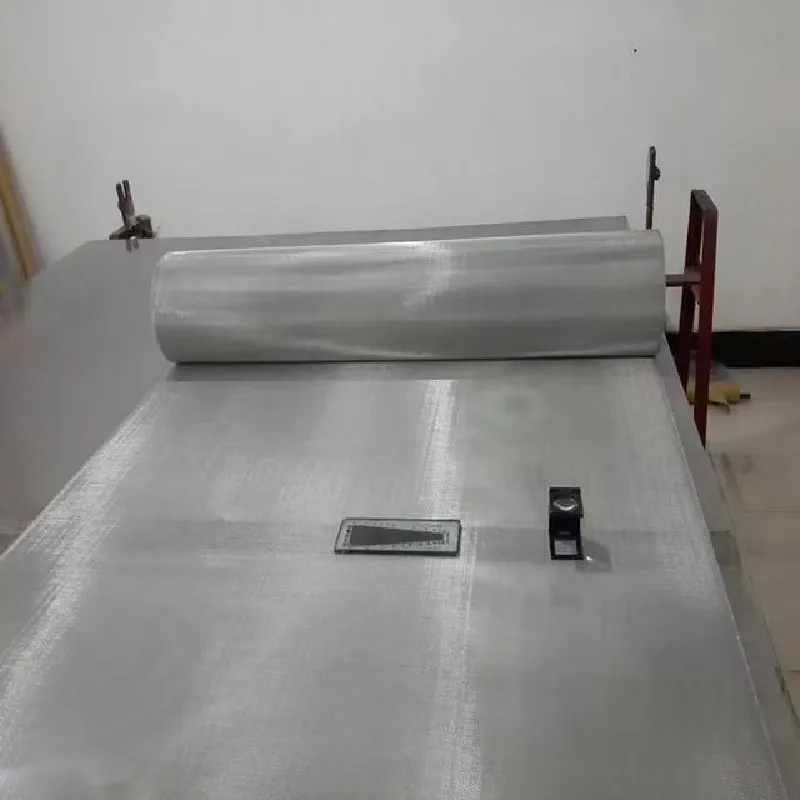-
 Afrikaans
Afrikaans -
 Albanian
Albanian -
 Amharic
Amharic -
 Arabic
Arabic -
 Armenian
Armenian -
 Azerbaijani
Azerbaijani -
 Basque
Basque -
 Belarusian
Belarusian -
 Bengali
Bengali -
 Bosnian
Bosnian -
 Bulgarian
Bulgarian -
 Catalan
Catalan -
 Cebuano
Cebuano -
 China
China -
 Corsican
Corsican -
 Croatian
Croatian -
 Czech
Czech -
 Danish
Danish -
 Dutch
Dutch -
 English
English -
 Esperanto
Esperanto -
 Estonian
Estonian -
 Finnish
Finnish -
 French
French -
 Frisian
Frisian -
 Galician
Galician -
 Georgian
Georgian -
 German
German -
 Greek
Greek -
 Gujarati
Gujarati -
 Haitian Creole
Haitian Creole -
 hausa
hausa -
 hawaiian
hawaiian -
 Hebrew
Hebrew -
 Hindi
Hindi -
 Miao
Miao -
 Hungarian
Hungarian -
 Icelandic
Icelandic -
 igbo
igbo -
 Indonesian
Indonesian -
 irish
irish -
 Italian
Italian -
 Japanese
Japanese -
 Javanese
Javanese -
 Kannada
Kannada -
 kazakh
kazakh -
 Khmer
Khmer -
 Rwandese
Rwandese -
 Korean
Korean -
 Kurdish
Kurdish -
 Kyrgyz
Kyrgyz -
 Lao
Lao -
 Latin
Latin -
 Latvian
Latvian -
 Lithuanian
Lithuanian -
 Luxembourgish
Luxembourgish -
 Macedonian
Macedonian -
 Malgashi
Malgashi -
 Malay
Malay -
 Malayalam
Malayalam -
 Maltese
Maltese -
 Maori
Maori -
 Marathi
Marathi -
 Mongolian
Mongolian -
 Myanmar
Myanmar -
 Nepali
Nepali -
 Norwegian
Norwegian -
 Norwegian
Norwegian -
 Occitan
Occitan -
 Pashto
Pashto -
 Persian
Persian -
 Polish
Polish -
 Portuguese
Portuguese -
 Punjabi
Punjabi -
 Romanian
Romanian -
 Russian
Russian -
 Samoan
Samoan -
 Scottish Gaelic
Scottish Gaelic -
 Serbian
Serbian -
 Sesotho
Sesotho -
 Shona
Shona -
 Sindhi
Sindhi -
 Sinhala
Sinhala -
 Slovak
Slovak -
 Slovenian
Slovenian -
 Somali
Somali -
 Spanish
Spanish -
 Sundanese
Sundanese -
 Swahili
Swahili -
 Swedish
Swedish -
 Tagalog
Tagalog -
 Tajik
Tajik -
 Tamil
Tamil -
 Tatar
Tatar -
 Telugu
Telugu -
 Thai
Thai -
 Turkish
Turkish -
 Turkmen
Turkmen -
 Ukrainian
Ukrainian -
 Urdu
Urdu -
 Uighur
Uighur -
 Uzbek
Uzbek -
 Vietnamese
Vietnamese -
 Welsh
Welsh -
 Bantu
Bantu -
 Yiddish
Yiddish -
 Yoruba
Yoruba -
 Zulu
Zulu
Understanding Wire Mesh Gauge Sizes and Their Applications
Understanding the Gauge of Wire Mesh A Comprehensive Guide
Wire mesh is an essential material used across various industries, from construction and agriculture to manufacturing and landscaping. It serves multiple purposes, such as providing structural support, acting as a barrier, and enabling airflow while keeping unwanted elements at bay. One of the critical specifications of wire mesh is its gauge, which refers to the thickness of the wire used in the mesh fabric. Understanding wire mesh gauge is vital for selecting the right type of mesh for your specific needs.
What is Wire Gauge?
Wire gauge is a standardized measurement that indicates the diameter of the wire. The gauge system typically follows a sequence where a higher gauge number signifies a thinner wire, while a lower number indicates a thicker wire. This might seem counterintuitive, but it is an established convention in wire measurement. The American Wire Gauge (AWG) system is most commonly used in the United States, which allows for precise selection based on application requirements.
Types of Wire Mesh Gauges
The gauge of wire mesh can vary widely depending on the intended application
. Generally, wire mesh gauges range from 8 to 23 AWG, with lower numbers (8-10 AWG) typically being employed for heavy-duty applications, such as security fencing, dog kennels, and structural reinforcement. Thinner gauges (12-23 AWG) are common in applications such as garden fencing, window screens, and lightweight enclosures.It’s essential to assess the specific needs of your project when selecting a wire mesh gauge. A thicker wire will provide increased durability and strength, making it suitable for high-stress environments, while a thinner wire may be adequate for light-duty applications with minimal strain.
Factors to Consider When Choosing Wire Mesh Gauge
gauge of wire mesh

1. Purpose The primary determinant of gauge selection is the intended use of the mesh. For instance, if the wire mesh is meant for construction or for use in security features, a lower gauge will usually be preferable due to its robustness. Conversely, if it is used for decorative purposes or as a barrier in less demanding scenarios, a higher gauge may suffice.
2. Load Requirements Evaluate the load that the wire mesh will need to bear. In applications where heavy loads or impacts are expected, thicker wires are preferable. For lighter duties, thinner gauges can do the job just as well.
3. Environmental Factors Consider the environmental conditions in which the wire mesh will be used. If exposed to weather elements, a thicker, galvanized or stainless steel mesh can provide greater resistance to corrosion and rust.
4. Mesh Size Along with gauge, the size of the openings in the mesh (measured in inches or millimeters) directly impacts the functionality. Smaller openings may be required for applications aiming to prevent the passage of small animals or debris, whereas larger openings may be needed for air circulation.
5. Cost Generally, the cost of wire mesh increases with thickness. Budget constraints may also play a role in choosing the appropriate gauge.
Conclusion
Choosing the right gauge for wire mesh involves a careful assessment of project requirements, environmental conditions, and budget considerations. By understanding the implications of wire gauge and how it affects the performance of wire mesh, you can make informed decisions that will ensure the durability and effectiveness of your installations. Whether you’re securing a property, enhancing a garden, or constructing a durable framework, selecting the appropriate wire mesh gauge can make all the difference in achieving your desired outcome.
-
Shipping Plastic Bags for Every NeedNewsJul.24,2025
-
Safety Netting: Your Shield in ConstructionNewsJul.24,2025
-
Plastic Mesh Netting for Everyday UseNewsJul.24,2025
-
Nylon Netting for Every UseNewsJul.24,2025
-
Mesh Breeder Box for Fish TanksNewsJul.24,2025
-
Expanded Steel Mesh Offers Durable VersatilityNewsJul.24,2025











